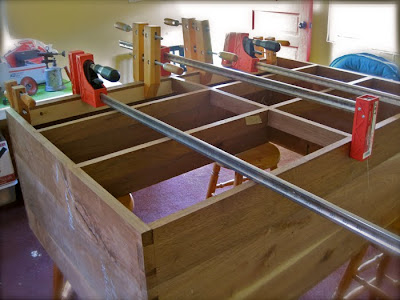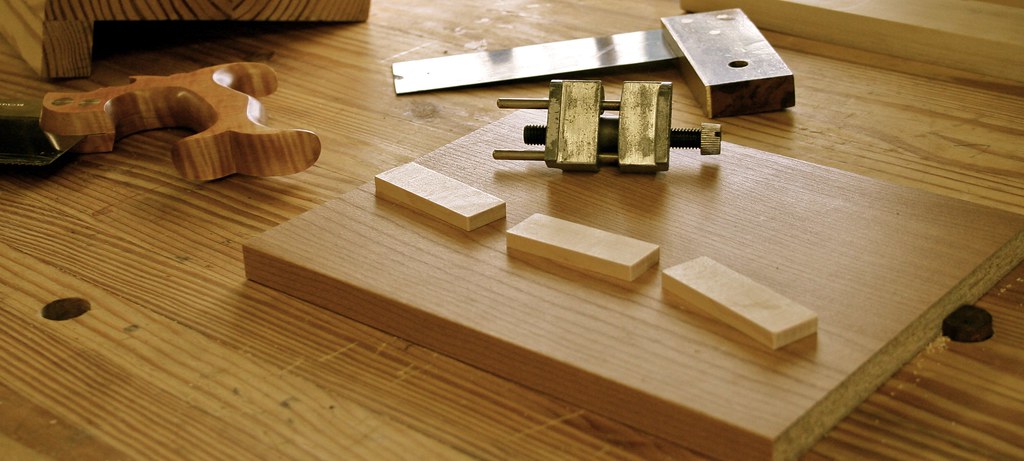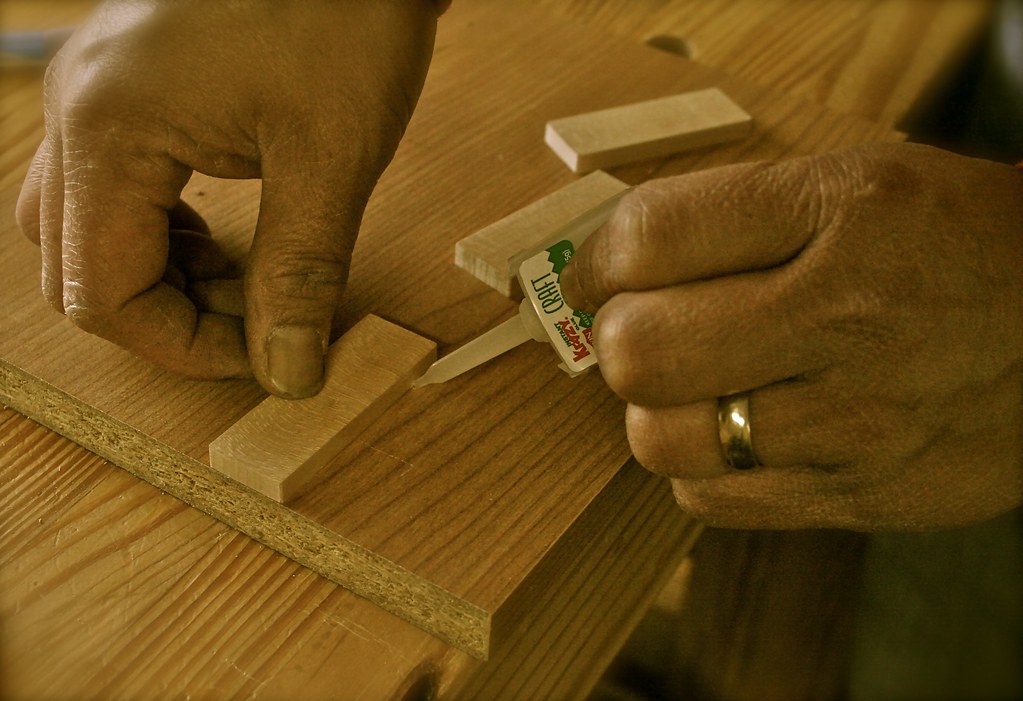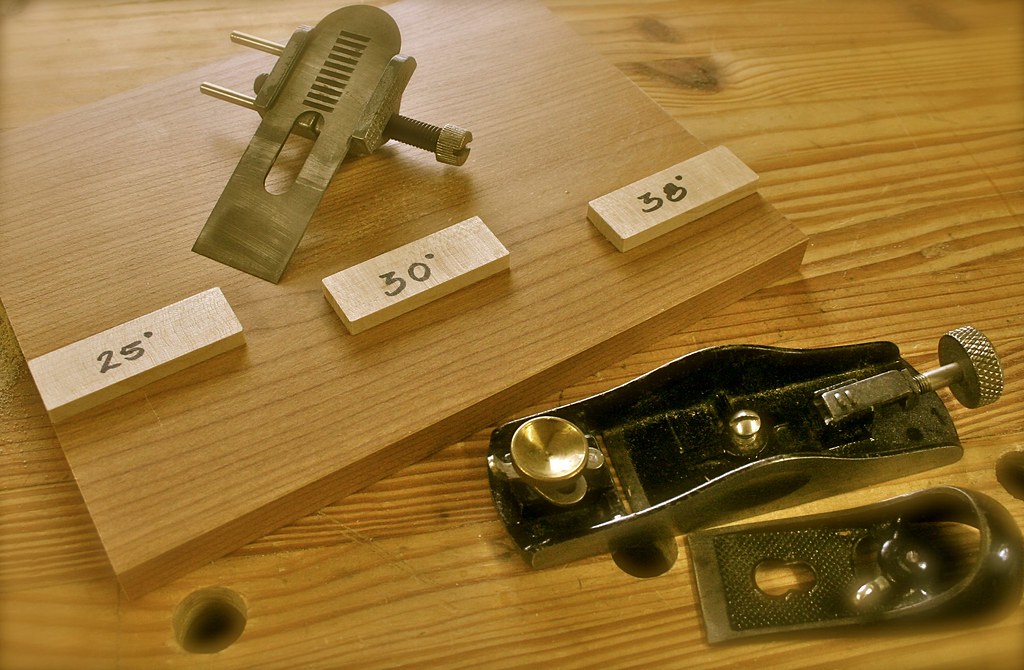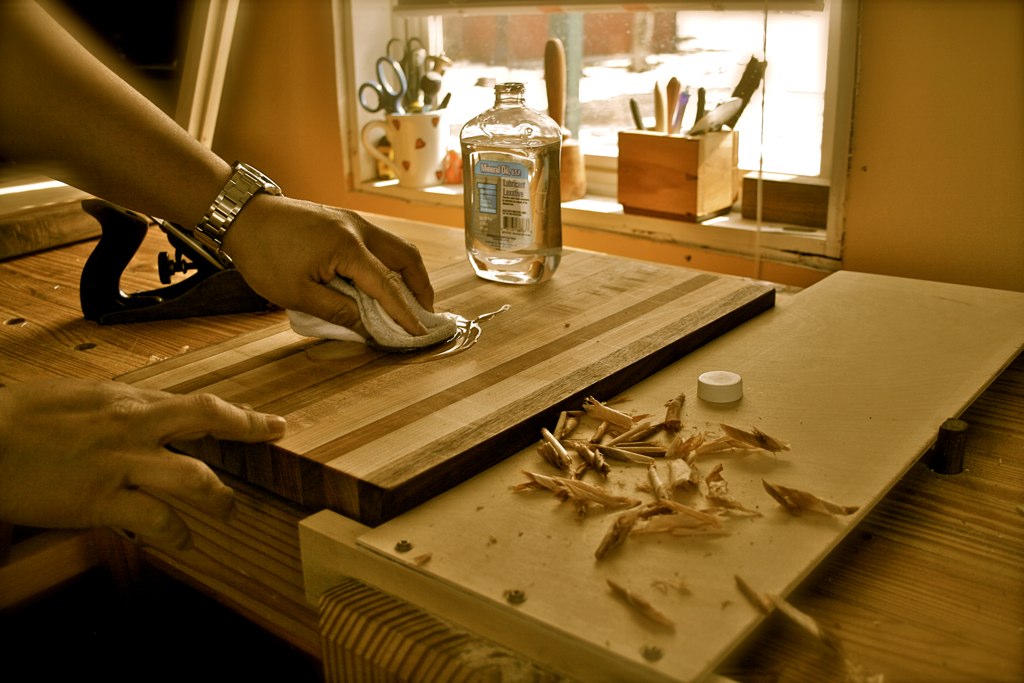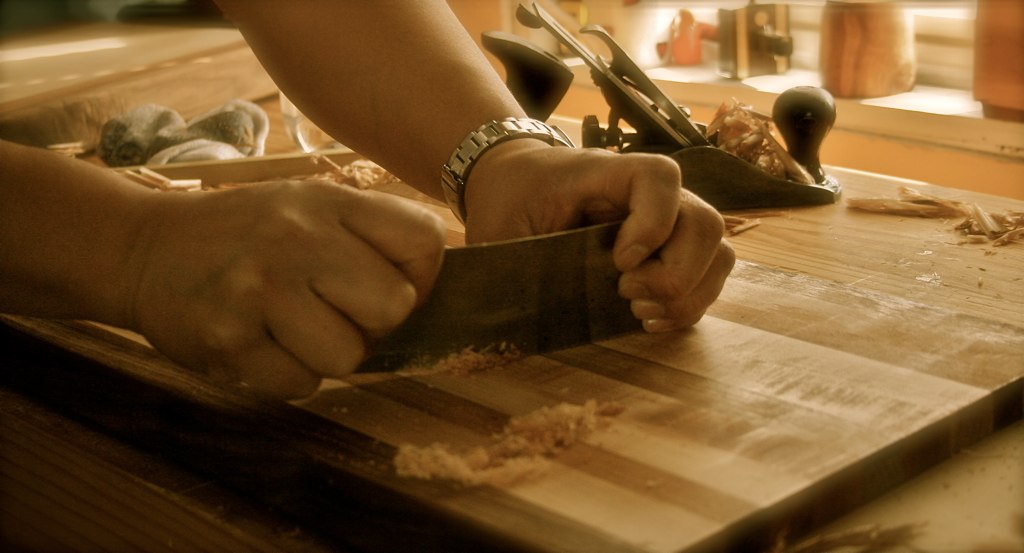It's been a busy summer this year and I haven't had much time to devote to woodworking. But I can't say that I'm really sorry about that. We've had a summer full of vacations, concerts, cookouts and just great times with my family. On a personal note, I've been working really hard to improve my physical fitness this year; I've dropped almost twenty pounds since January. Shawn and I ran our first half-marathon in seven years, I finished the Insanity workout program, I started mountain biking again after ten years and completed my very first Sprint Triathlon for my 38th birthday last Sunday on August 1st. I feel great.
During this time, however, the six-drawer dresser lay here in the cottage patiently awaiting attention. After reacquainting myself with the game plan and remembering which parts go where I took a deep breath and glued up the drawer supports and dividers. Not too bad.
Next up was the back. I decided to make a frame and panel back as opposed to shiplapped mostly because I thought it might be a bit quicker and would save a bit on the weight. The joinery for the back panel was just simple stub tenons into grooves cut for the panels.

So now I've got what's looking more and more like a dresser. In the coming weeks I will be working on the base, the moulding, six dressers and some type of finish. I'm really looking forward to the moulding because I want to use a method discussed by Christian Becksvoort. It looks challenging so I hope I can pull it off.
-RM
